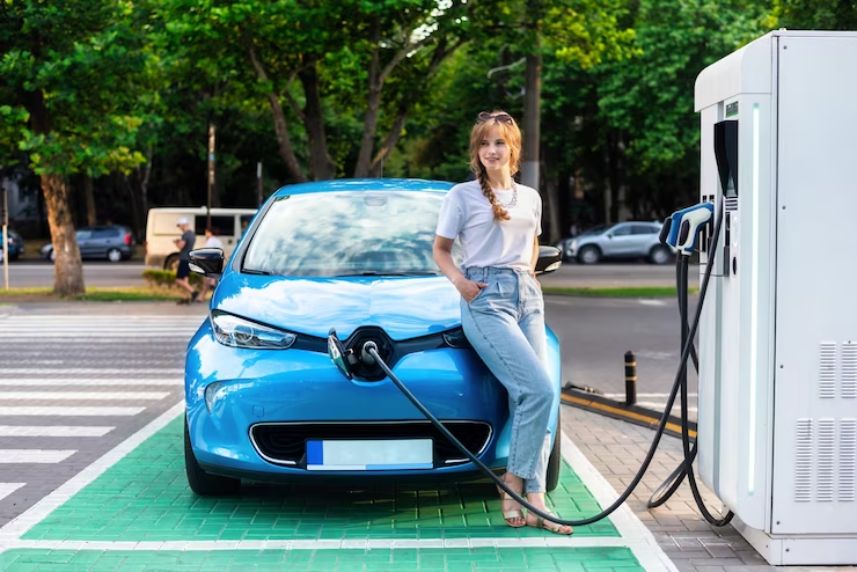The electric vehicle (EV) revolution is upon us, promising cleaner skies and a sustainable future. Yet, despite the hype and environmental benefits, a major hurdle remains: cost. Compared to their gasoline-powered counterparts, electric cars often carry a hefty price tag, leaving many consumers wondering – why the discrepancy?
While the future looks bright for EV affordability, understanding the current cost landscape is crucial. This blog delves into the key factors driving the price of electric cars and explores the progress being made towards a more accessible future.
Battery Blues: The Powerhouse with a Price Tag
At the heart of the cost issue lies the battery. Unlike the relatively inexpensive fuel tanks in gasoline cars, EV batteries are complex, energy-dense marvels of engineering. They require rare-earth metals, sophisticated manufacturing processes, and extensive testing to ensure safety and performance. This translates to a significant portion of an EV’s cost, often exceeding 30%.
Furthermore, range anxiety, a major concern for early EV adopters, has led to manufacturers equipping vehicles with larger batteries, further inflating the price. While battery technology is rapidly improving, with increased range and lower production costs, it’s still a work in progress.
Limited Production, Growing Demand: A Supply-Demand Imbalance
The EV market is experiencing explosive growth, with demand far outstripping supply. This imbalance leads to higher prices, as manufacturers have limited production capacity and can command premium prices for their limited offerings. This is further exacerbated by the global shortage of essential raw materials for batteries, creating bottlenecks and pushing costs upwards.
R&D Costs: Paying for Innovation
Developing a new technology is expensive, and EVs are no exception. Automakers invest heavily in research and development (R&D) to improve battery technology, optimize electric drivetrains, and create new, efficient vehicles. These costs are ultimately passed on to consumers, contributing to the higher upfront price of EVs.
Beyond Technology: The Infrastructure Gap
The lack of widespread charging infrastructure also plays a role in perception, even if not directly impacting the price tag. Range anxiety remains a concern for many potential buyers, and the limited availability of charging stations can amplify this fear. While governments and private companies are investing in expanding charging infrastructure, it will take time to reach a level that fully matches the needs of a growing EV fleet.
Looking Ahead: A Brighter (and More Affordable) Future
Despite the current challenges, the future of EV affordability is promising. Here are some key trends driving down costs:
- Battery breakthroughs: Researchers are constantly innovating battery technology, aiming for increased energy density, lower costs, and faster charging times. These advancements will significantly reduce the cost of the most expensive component in an EV.
- Economies of scale: As EV production ramps up, manufacturing costs will naturally decrease due to economies of scale. This will bring down the price of individual vehicles, making them more accessible to a wider range of consumers.
- Competition breeds innovation: With more and more automakers entering the EV market, competition is fierce. This drives innovation, leading to more efficient and affordable vehicles.
- Government incentives: Many governments offer subsidies and tax breaks to encourage EV adoption. These incentives can significantly reduce the upfront cost of an electric car, making them more attractive to potential buyers.
The Takeaway: A Transition in Progress
While electric cars currently carry a higher price tag than their gasoline counterparts, the reasons are complex and linked to ongoing technological advancements, production limitations, and infrastructure development. However, the future is bright. With continuous innovation, growing production, and government support, EV affordability is poised to improve significantly in the coming years.
Remember, the transition to a sustainable transportation future is a marathon, not a sprint. While the initial cost of entry might be higher, the long-term benefits of EVs, both environmental and economic, are undeniable. As technology matures and production scales up, the price gap will narrow, making electric cars a truly viable and accessible option for everyone.

